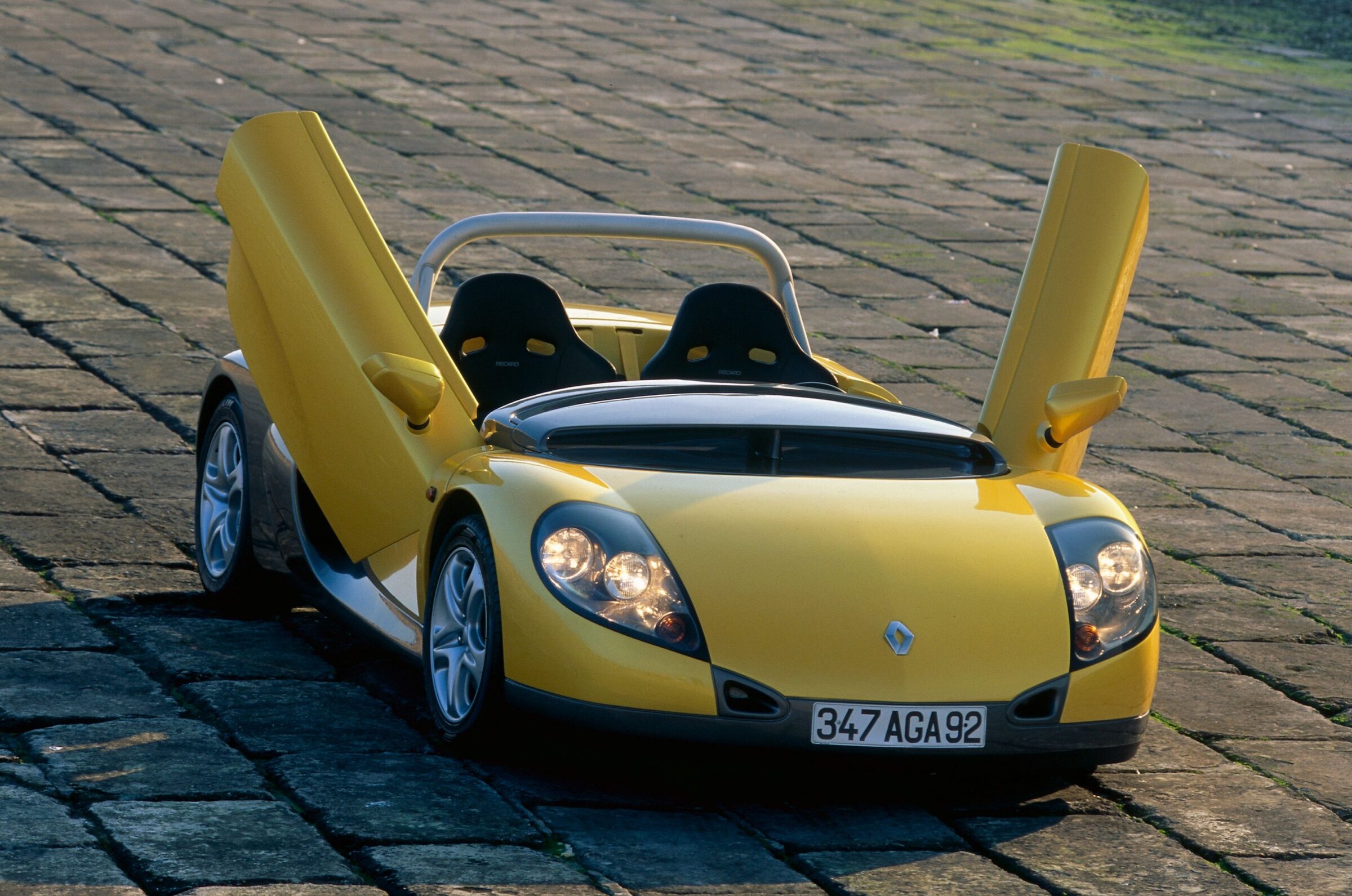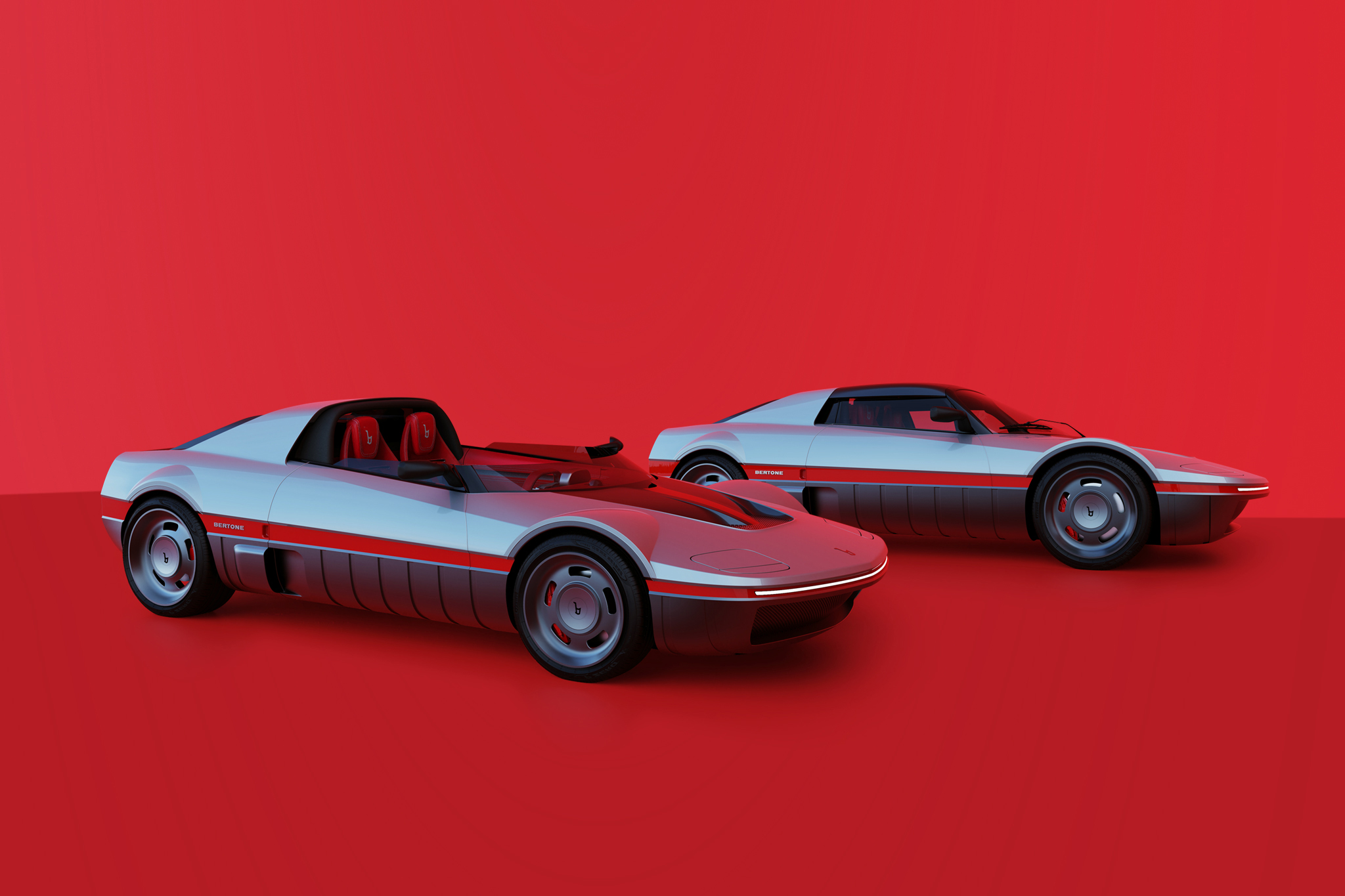50 Years of Alpine A310
At the beginning of 1971, the French sports car manufacturer Alpine added the newly developed A310 to its range. It was just the fourth road car in the brand’s history after the A106, A108 and the A110, which was very successful in rallying. The latter remained in the program parallel to the A310. At the same time, this was the last project developed under company founder Jean Rédélé. From 1973, Renault gradually took over the majority shares in the company. In 1978, Rédélé sold his remaining shares and stepped down as Chairman of the Board. Thus the cars first traded under the name Alpine Renault and from the 1980s as Renault Alpine.
2+2 seat concept difficult to implement
Development of the Alpine A310 began as early as 1968. Compared to the very sporty A110, the new model was to be a comfortable sports coupé. The team around chief engineer Richard Bouleau envisaged a 2+2-seater concept for this, but it proved difficult to implement. Similar to the Porsche 911, there is little headroom in the rear. Nor was there room for the legs or reasonably long seat cushions. Instead, there are two deep recesses where the occupants have to remain in a froggy position. To save a little money, the development team took the central tubular frame from the A110 GT4, the slightly extended four-seater version. The driven rear axle was basically taken from the Renault 8, but came with double wishbones instead of a swing axle concept. The four-cylinder power unit was taken from the Renault 16 TS. Actually, Jean Rédélé wanted to use the new PRV-V6 engine (developed by Peugeot, Renault and Volvo) originally. However, this hadn’t been ready in time. So he had to go with plan B.
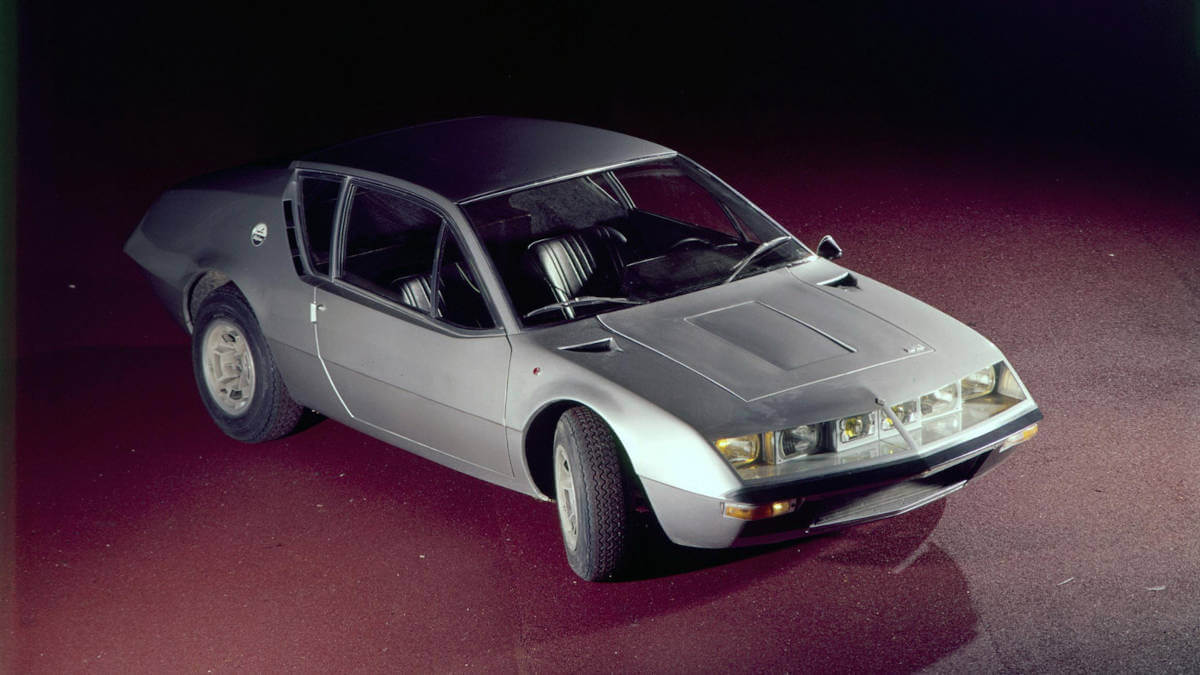

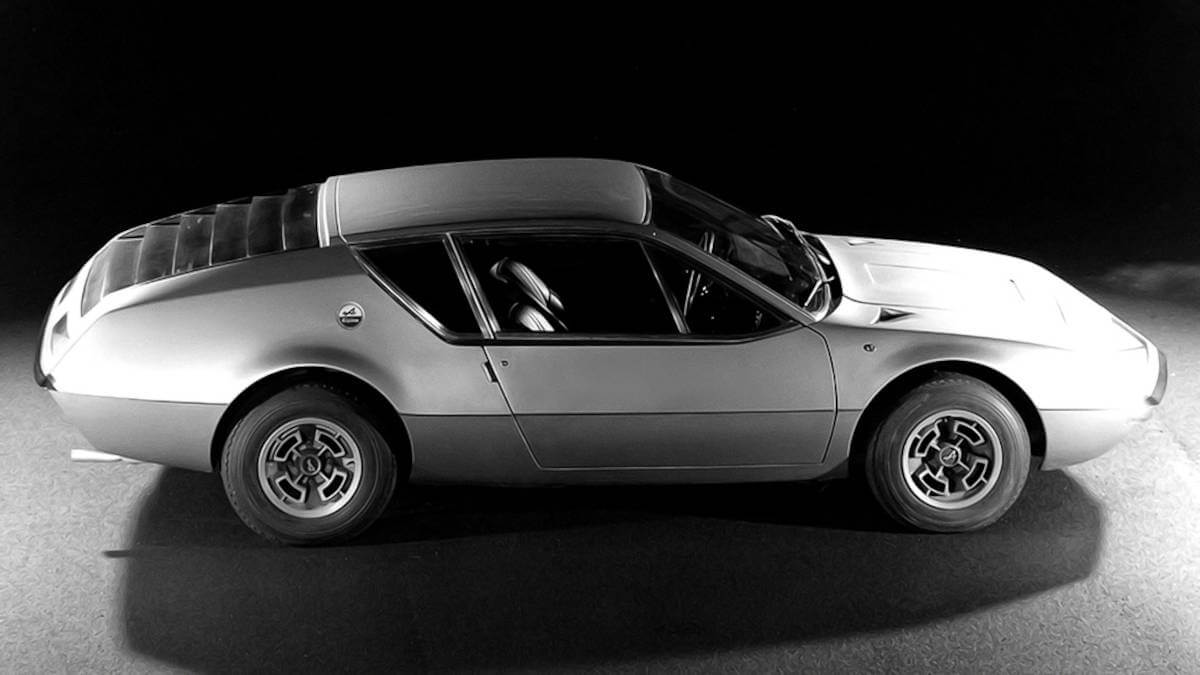

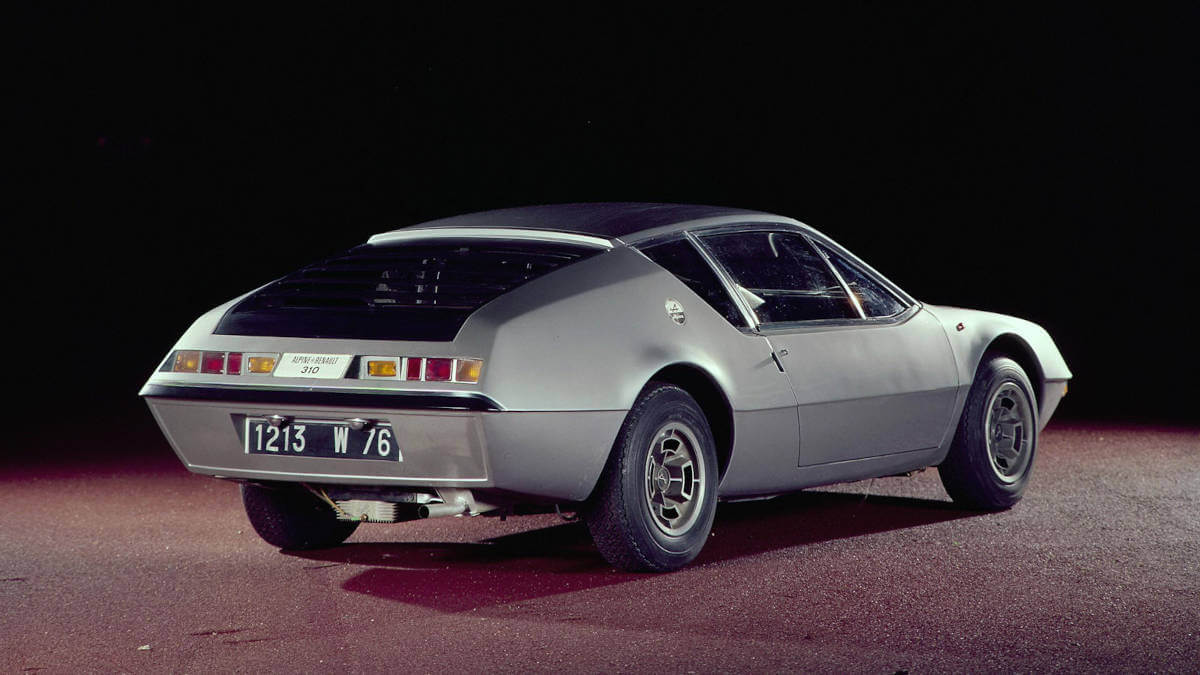

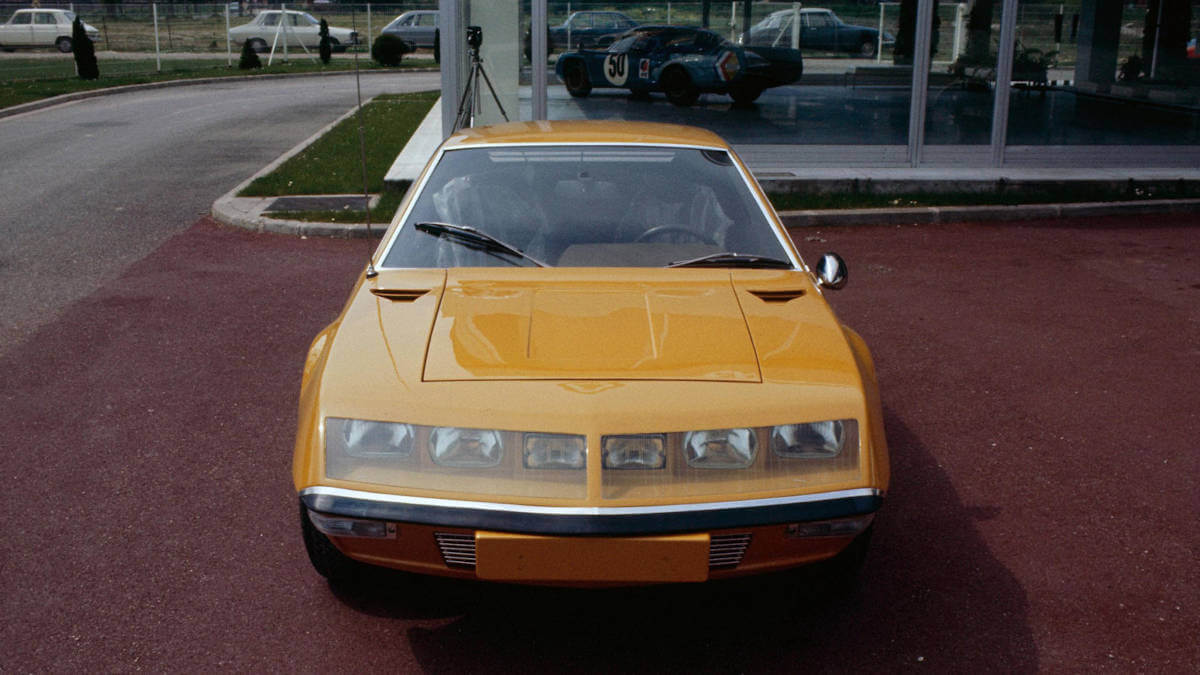

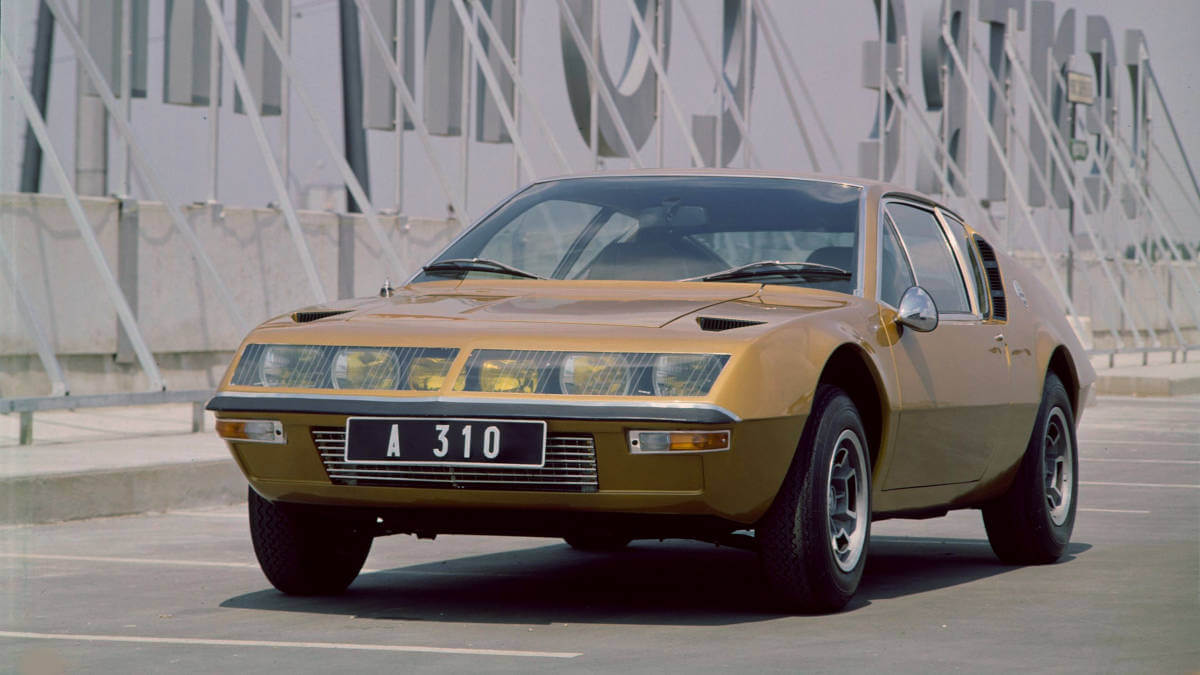

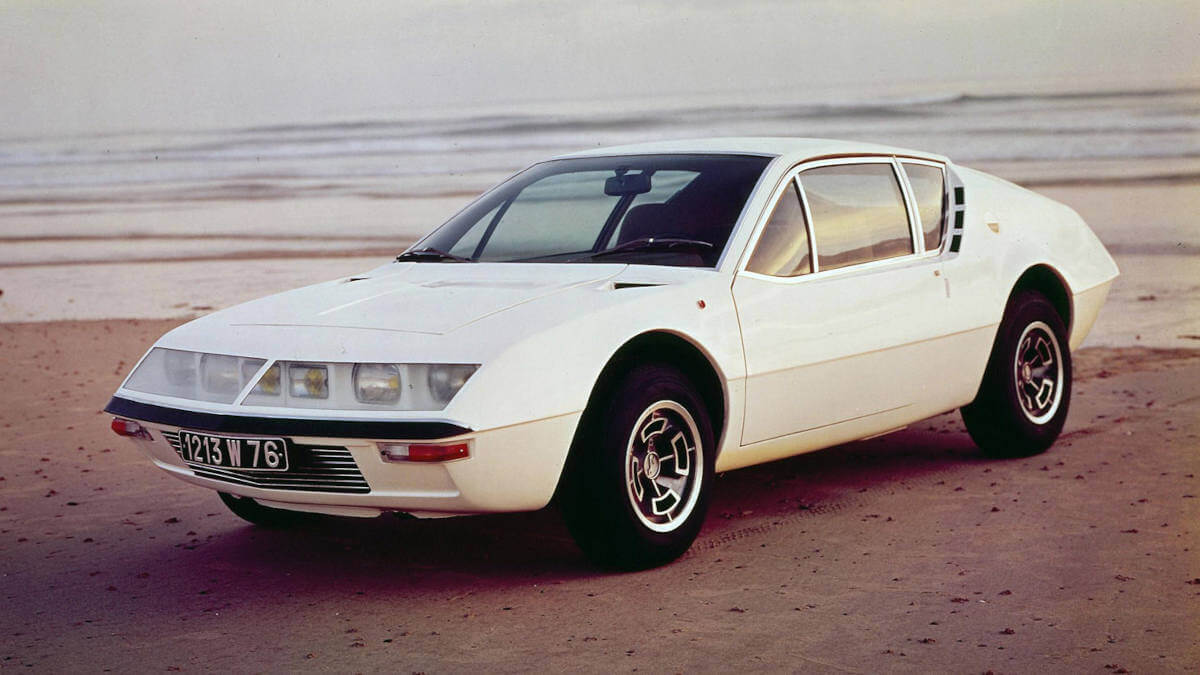



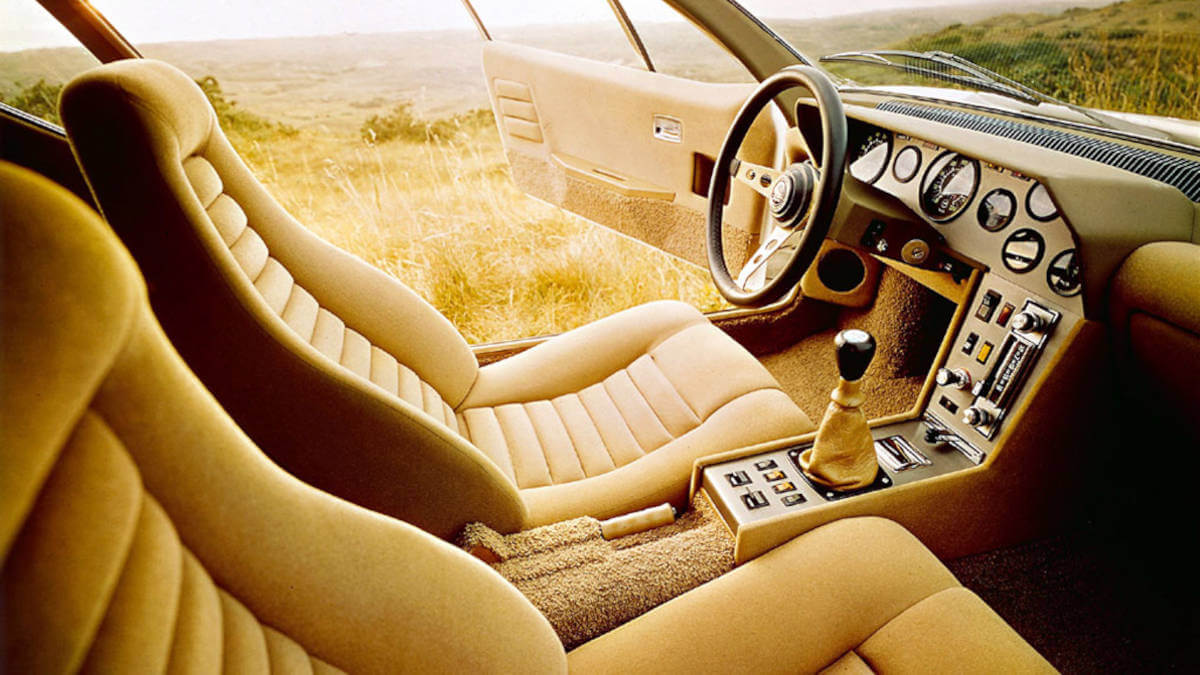



No trunk available
This initially provided 85 kW/115 hp. From 1973, the A310 SI was available in export markets with electronic fuel injection and 91 kW/124 hp. As a result of the worldwide oil crisis, Alpine launched the A310 SX in 1976 with only 70 kW/95 hp. Unlike other sports car projects from the same period, Alpine still installed the engine behind the rear axle of the A310. To achieve a good weight distribution, the water cooler, the gas tank and the spare wheel moved under the front hood. Apart from the spare wheel well, there was no real trunk available. Therefore, many customers left the wheel at home and also used the small rear seats for shopping and luggage. Like the A110, the A310 was also made of fiberglass-reinforced plastic. All body parts were laminated by hand by the employees in Dieppe. However, doors and hoods were cut out of each car individually, requiring spare parts to be adapted in each case.
Fiore design refined internally
The Alpine A310 made its debut at the Geneva Motor Show in March 1971. Michel Beligond and Yves Legal were responsible for the body. However, they were guided by a design by Trevor Fiore, who worked as a freelancer at Carrozzeria Fissore. Peter Monteverdi presumably also saw Fiore’s sketches in the mid-60s and used them to develop his Hai 450 supercar with similar design details. Alpine refined the shapes in a wind tunnel. This is also where the idea of concealing the headlights under clear glass was born. This was initially divided only by a narrow central bar and stretched across the entire front end. At the rear, a solution popular at the time was adopted and instead of a rear window, black plastic elements were installed in a scale-like arrangement on top of each other. However, this detail didn’t find favor with various licensing authorities, which is why a glass rear window was fitted as standard from 1974. The taillights, which were located above the bumper on the presentation car, were also moved below the bumper for series production.






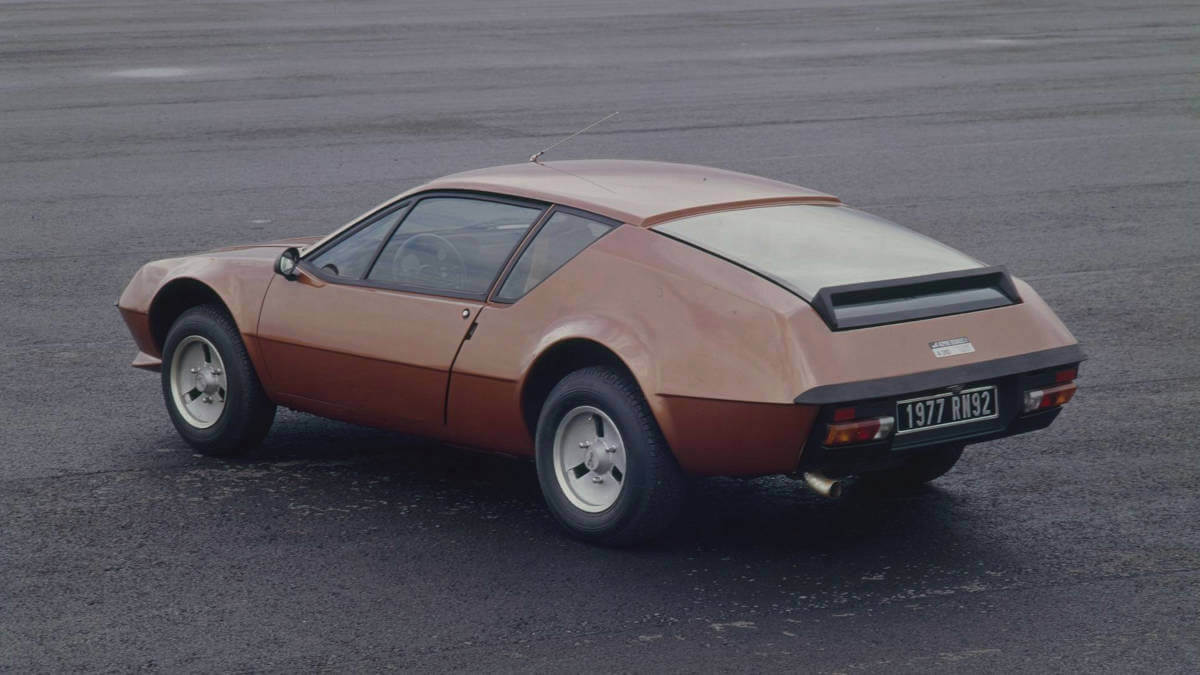









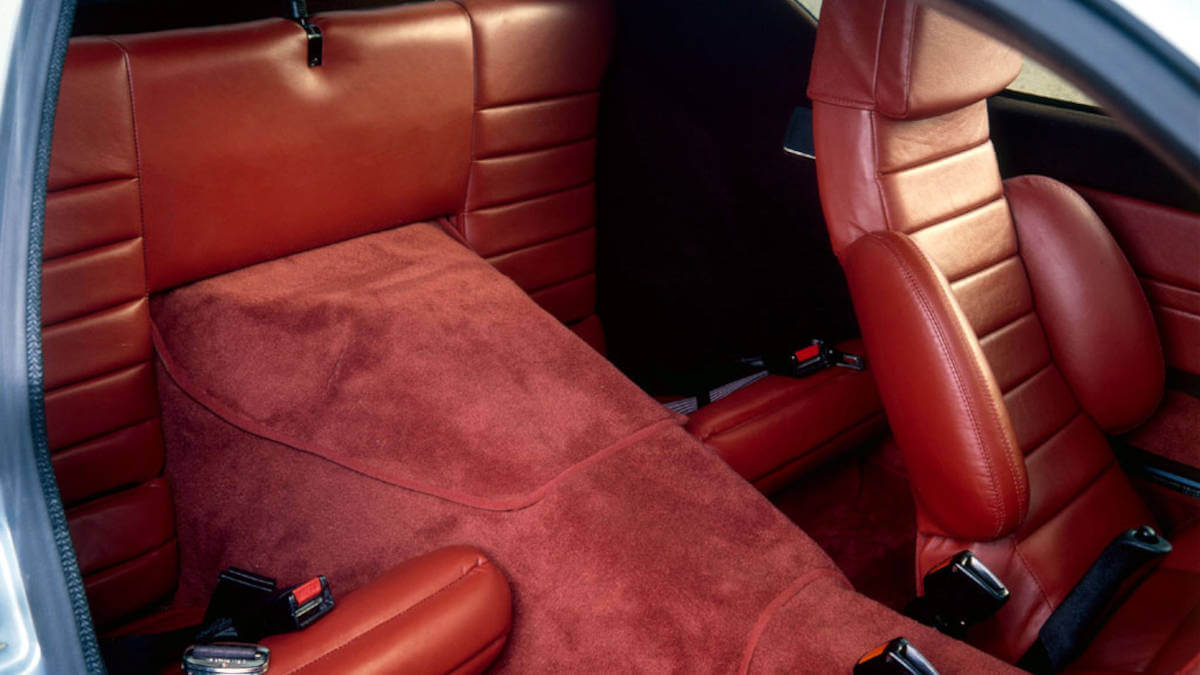

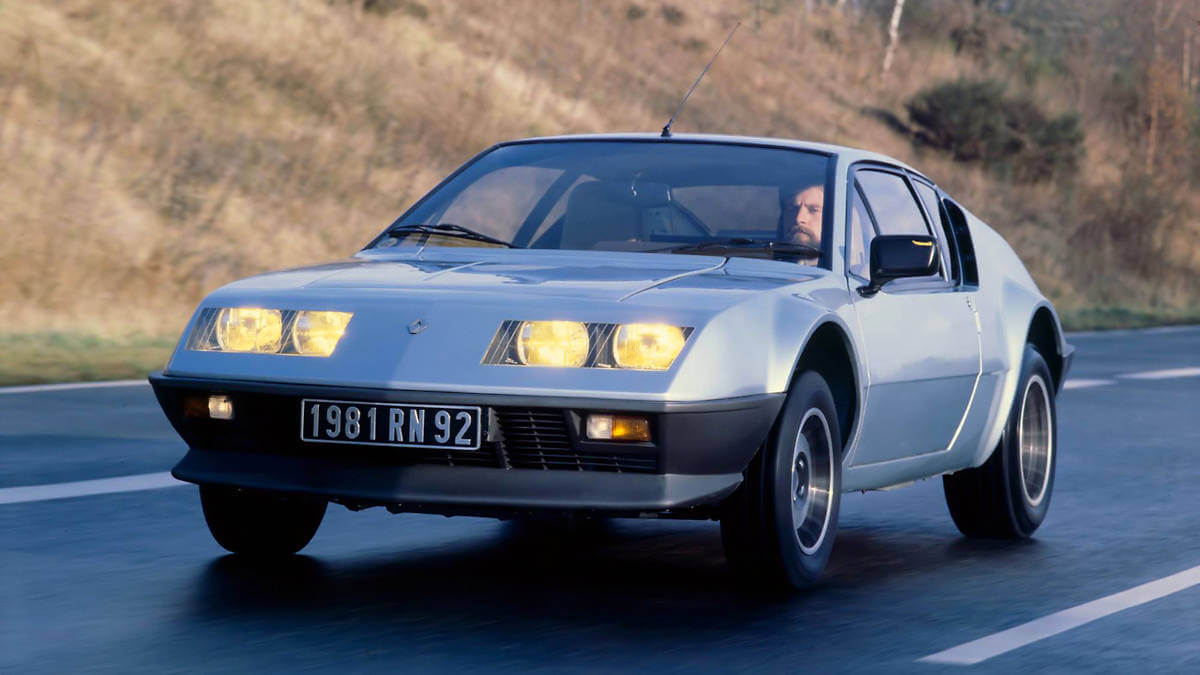

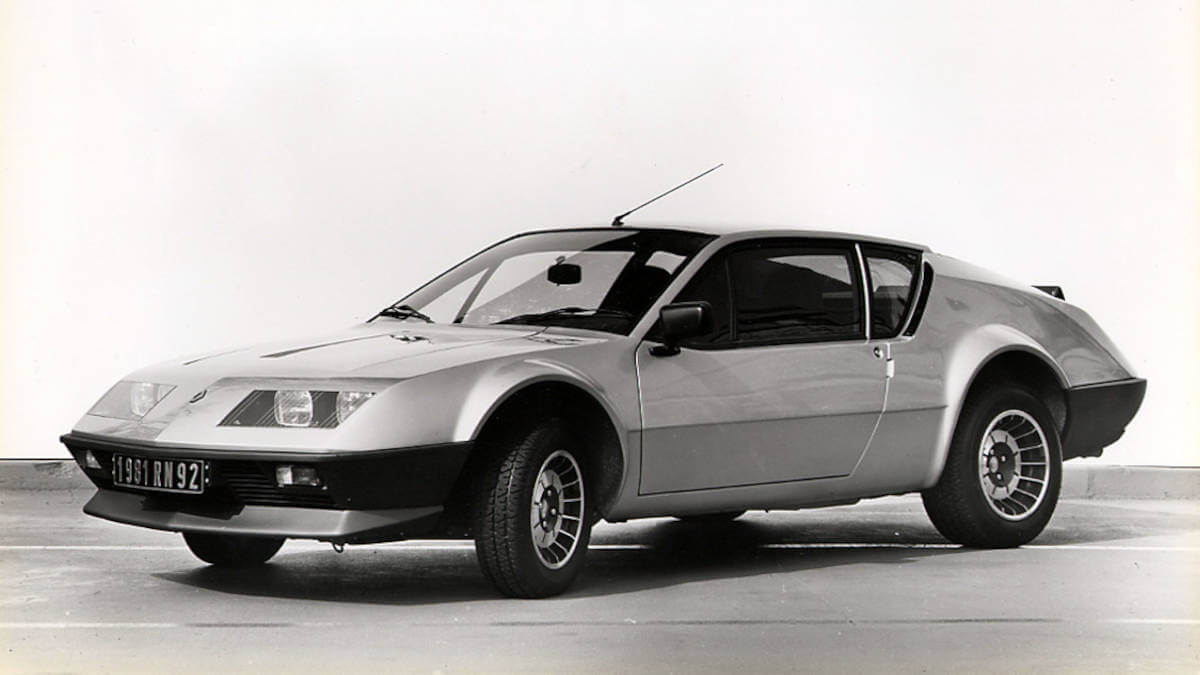

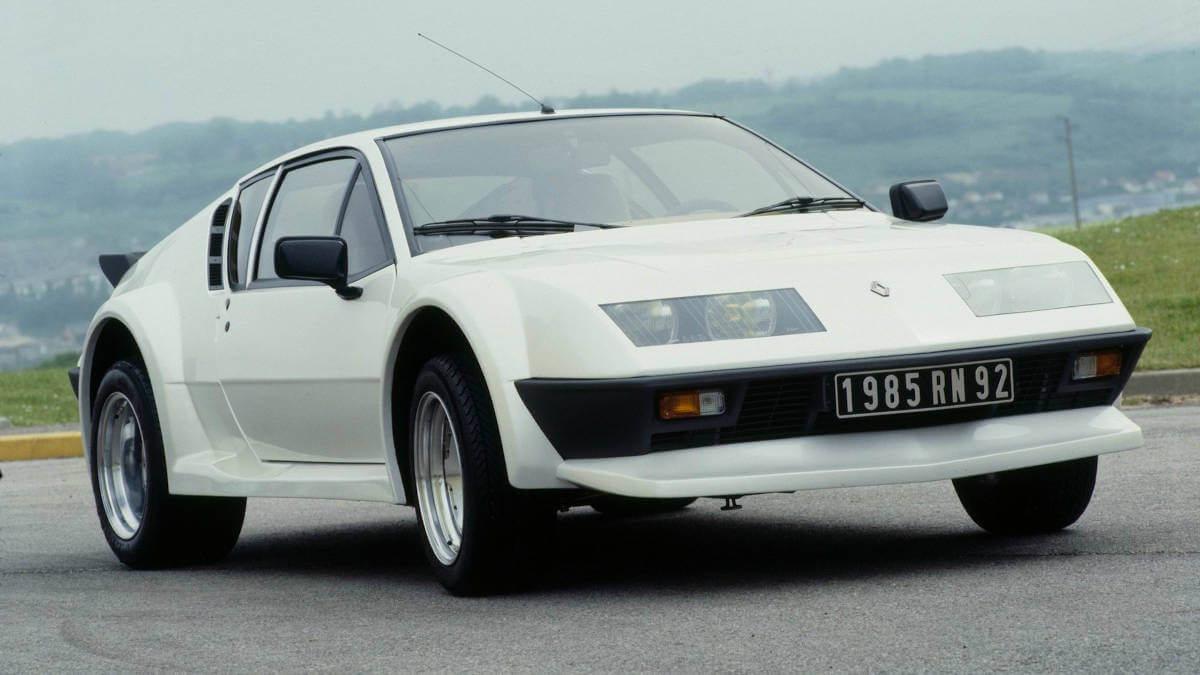



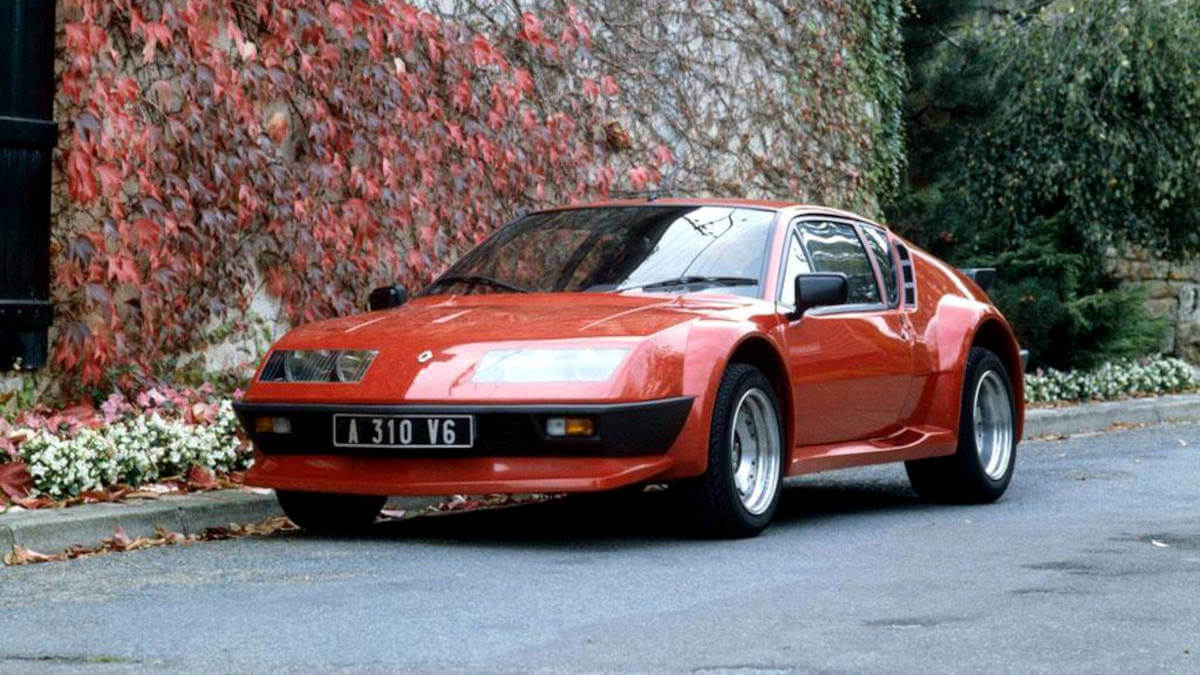

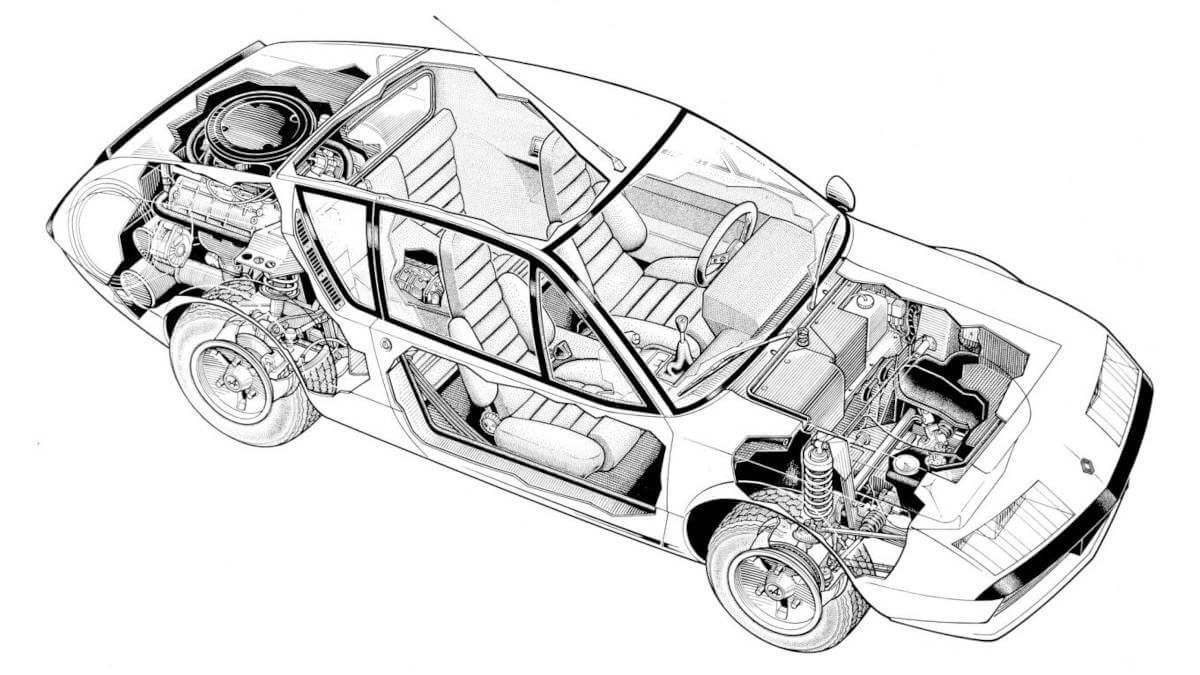



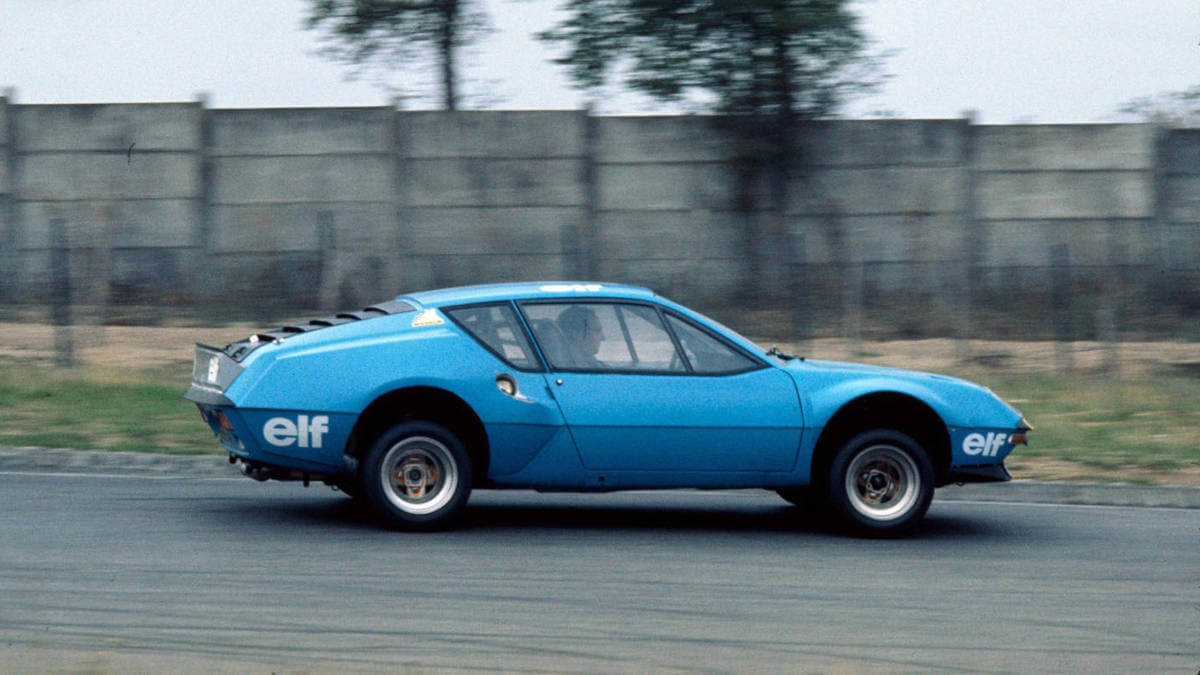

PRV V6 engine in the range from 1976 onwards
It wasn’t until early 1975 that the engineers at Peugeot, Renault and Volvo announced that their new V6 engine was ready for use. Until the onset of the oil crisis, there were even plans for a V8 variant of this engine, but these remained in the design stage. Alpine finally came up with the originally envisaged V6 version of the A310. For this, all the engine mounts had to be rebuilt at the rear. In addition, the body was given a facelift with smaller headlights. These now had only four instead of six individual lights. The air intakes in front of the windshield were omitted and a small spoiler lip added on the rear end. With 110 kW/150 hp from 2.7 liters of displacement, the A310 V6 was available at dealers from 1976. They finally had a good argument in their quiver to increase sales of the A310. Due to the high price, which was on a par with the more powerful Porsche 911 S, only about 2,340 units of the four-cylinder model were sold.
Rally successes came too late
By 1985, this sobering figures had been followed by a full 9,276 units of the A310 V6. It thus even outperformed the sales of the smaller A110. However, it must be said that from 1977 onwards, the A110 was no longer offered in parallel, leaving Alpine customers without choice. In the fall of 1980, Robert Opron modified the front and rear of the car. He replaced the narrow rubber bumpers with dark grey plastic skirts. Likewise, the three-hole rims were replaced with the four-hole turbine rims of the Renault 5 Turbo. From 1981 onwards, the papers showed a topspeed of 225 kph (139.8 mph), making it the fastest French car of the time. Alpine quoted a sprint time to 62 mph in 7.8 seconds. Two years later, the A310 S (A310 GT Pack in some markets) appeared with a wider body and flared fenders. This was inspired by the rally version of the A310, which was successfully used with around 270 hp in 1976 and 1977. Unfortunately, due to the company takeover in 1978, these rally entries ended in favor of the Renault Formula 1 team.
Images: Alpine, Renault


